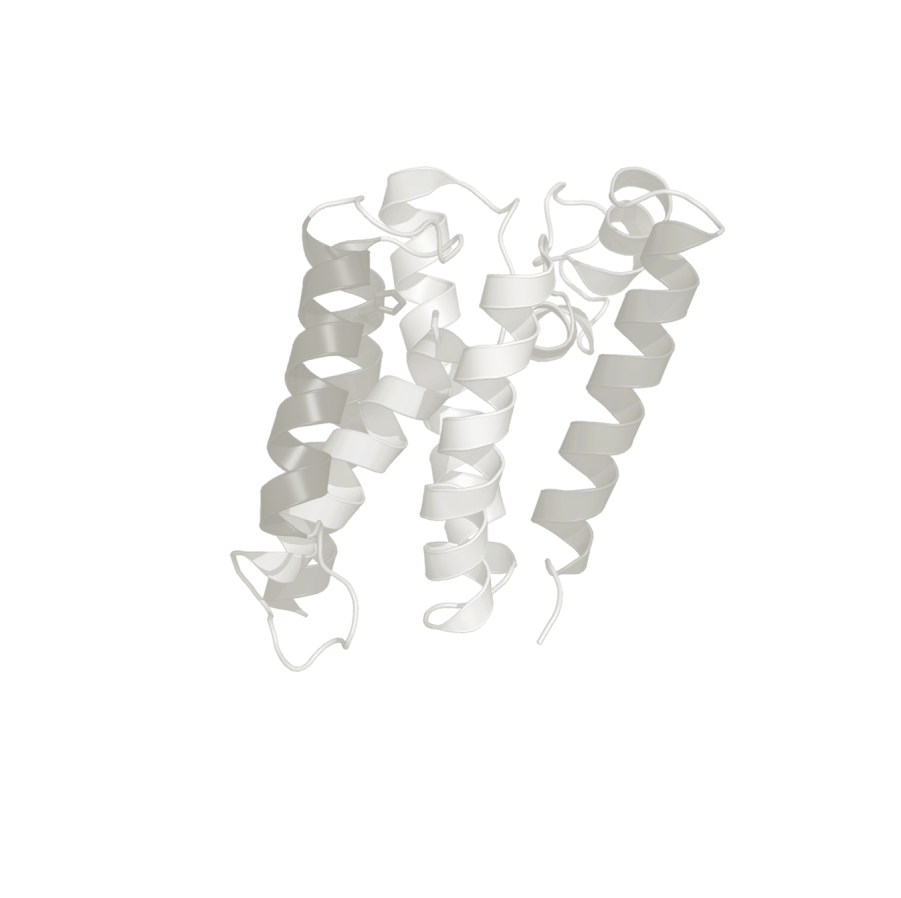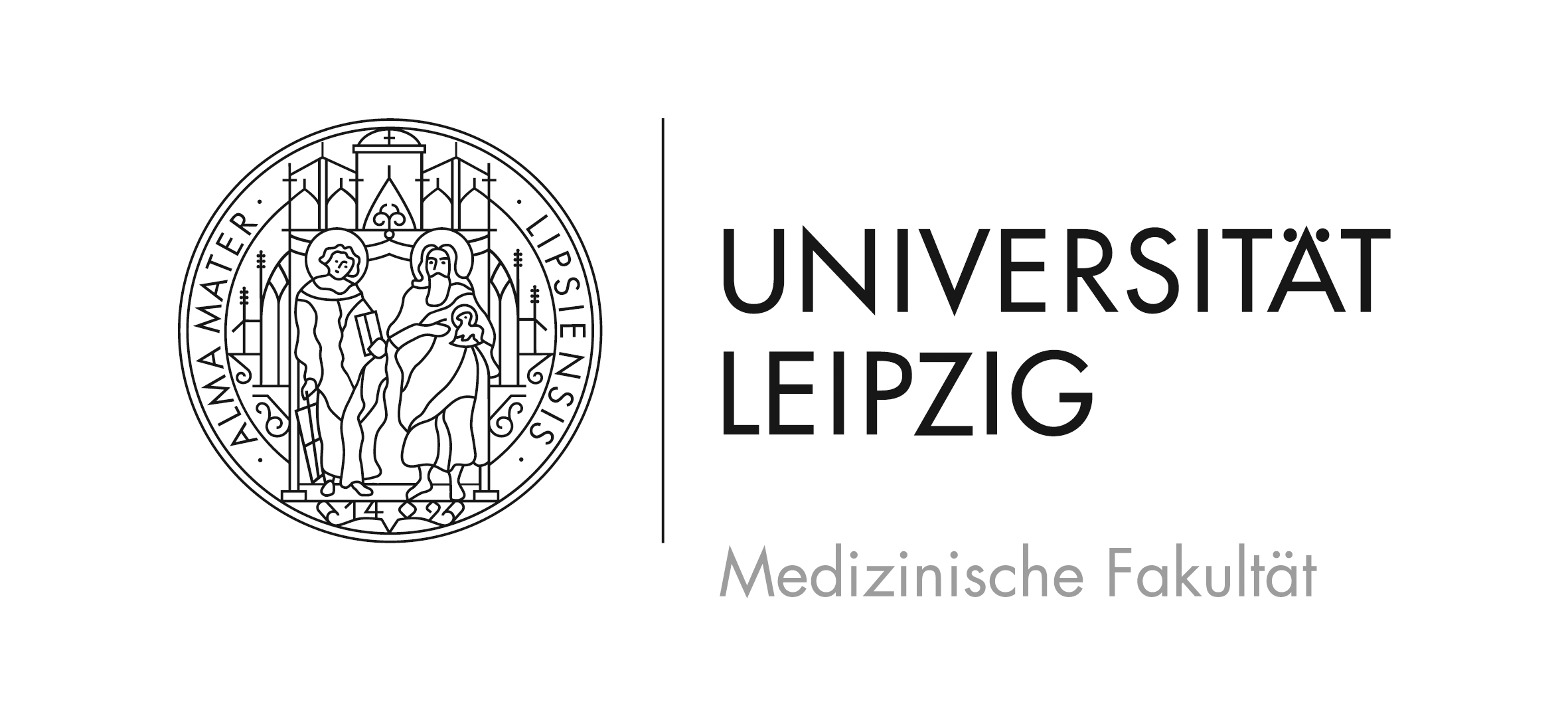Structure and Dynamics of Ligand-bound Rhomboid Proteases
Intramembrane Proteases (IMPs) are widely-distributed in all kingdoms of life and their outstanding proteolytic reaction within the membrane enables unique mechanisms intimately coupled to the lipid environment. Within this group of proteases, rhomboids represent an own group of serine proteases. Although essential for Drosophila embryogenesis, the elucidation of their functions in most model organisms has just begun. The deep understanding of their roles in the cellular context demands both the identification of new cellular substrate targets and a detailed comprehension of the protease mechanism. Even though soluble serine proteases and rhomboid proteases share a related proteolytic mechanism, substrate recognition and specificity determination seems to be far more complex for the rhomboid proteases. In order to unravel structural and dynamic specificities of the protease relevant for substrate recognition and discrimination, we investigate rhomboid proteases in different membranes and characterize the interaction with their substrates using NMR-based techniques. Our motivation in this project is to contribute to the mechanistic understanding of how rhomboid proteases recognize and discriminate between their substrates.

Cartoon presentation of the postulated rhomboid protease mechanism (modified from Strisovsky 2016, FEBS). Substrate recognition by the protease includes a first exosite docking step followed by partial unfolding of the N-terminal sequence of the substrate and entering the protease active site which is buried in the lipid bilayer. Finally the substrate is cleaved by the serine protease mechanism and the resulting cleavage products are then released from the membrane to regulate further processes such as gene transcription.
Methods
- Molecular biology (cloning, site-directed mutagenesis)
- Fermentation and expression in E. coli
- Protein purification
- Lipid analysis (Thin Layer Chromatography, Mass Spectrometry)
- Reconstitution in lipid membranes
- SDS-PAGE & Western Blot
- Protease activity assays (FRET substrates/kinetics, TAMRA probe)
- NMR spectroscopy

Team:
- Dr. David Ulbricht
- Dr. Oskar Engberg
- Dr. Peter Schmidt
- Dr. Anja Penk
Collaborations:
- Dr. Marius Lemberg and Verena Siebert, Center for Molecular Biology, University of Heidelberg
- Prof. Dr. Martin Zacharias, Faculty of Physics, Technical University of Munich
- Dr. Jürgen Schiller, Institute for Medical Physics and Biophysics, Leipzig University
- Prof. Dr. Annette G. Beck-Sickinger, Institute of Biochemistry, Leipzig University
